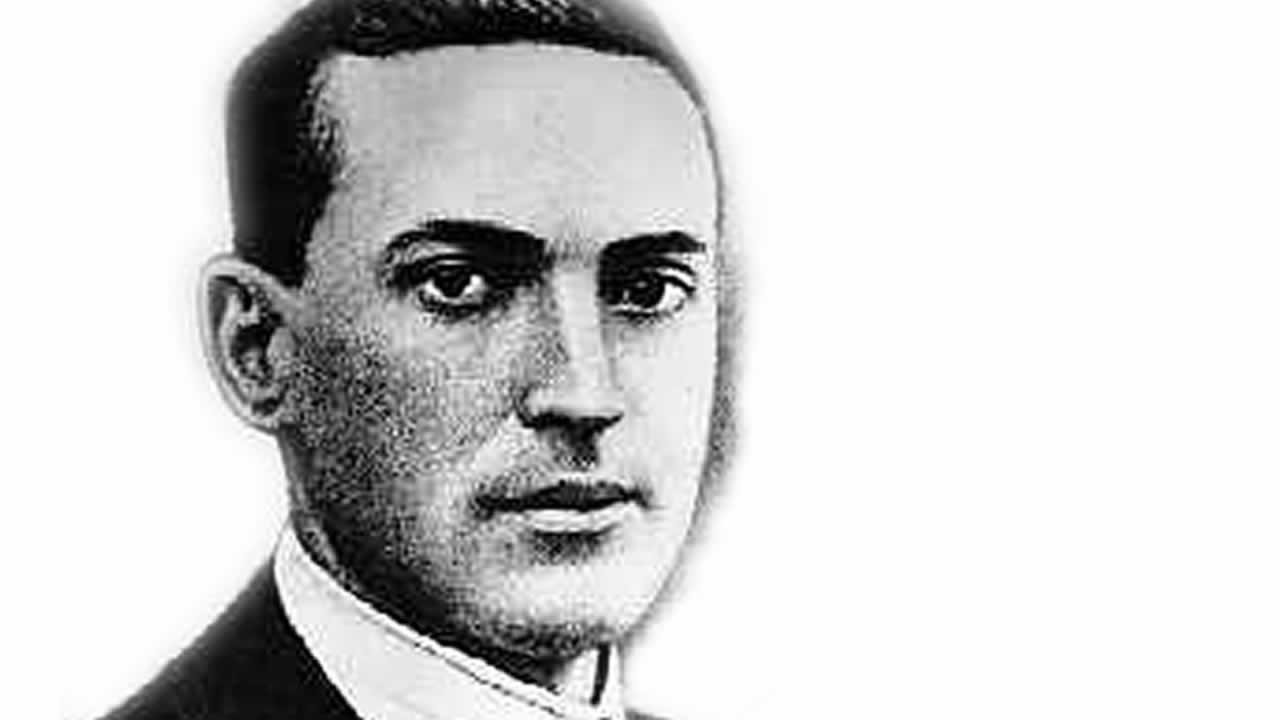HETL Note: We are pleased to publish this insightful opinion article by Dr. Piet Kommers, Ph.D. In response to an invitation by the Higher Education Teaching and Learning Association, Dr. Piet Kommers delivers his thoughts on some phenomena he has observed drung his 30 year involvement with media in education. Some of the questions Dr. Kommers tries to address are: How to teach contemporary learners who refuse to be pruned into “nice shapes” like some bonsai tree? What can social media bring to education? Who will be the first to excel in converting social networks into education networks – students or teachers? You may submit your own article on the topic or you may submit a “letter to the editor” of less than 500 words (see the Submissions page on this portal for submission requirements).
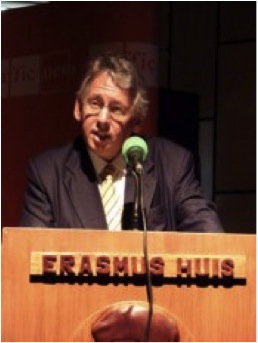 Author’s Bio: Dr. Piet Kommers is Associate Professor at the University of Twente, The Netherlands. His research interests are in the areas of media, learning and visual communication. Dr. Kommers was the scientific director of NATO’s Advanced Research Workshop on “Cognitive Technologies” in 1989. Since 1990 he has been increasingly involved in a broad range of European based research projects in media supported and continued learning. His role in initiatives related to higher education in Eastern Europe led to his UNESCO chair, and was followed by the award of a honorary doctorship by Capital Normal University in Beijing, China in 2000. In 2005-2007 he was involved in mobile teaching and learning with the Fontys University of Applied Sciences. He is an adjunct professor in the faculty of computer science in Joensuu University (Finland) and an advisor to the Ministry of Education of Singapore. Dr. Kommers’ publications include six books and more than fifty conference papers and journal articles. He has supervised twenty-four doctoral students and more than 80 master’s projects. Dr. Kommers can be reached at [email protected].
Author’s Bio: Dr. Piet Kommers is Associate Professor at the University of Twente, The Netherlands. His research interests are in the areas of media, learning and visual communication. Dr. Kommers was the scientific director of NATO’s Advanced Research Workshop on “Cognitive Technologies” in 1989. Since 1990 he has been increasingly involved in a broad range of European based research projects in media supported and continued learning. His role in initiatives related to higher education in Eastern Europe led to his UNESCO chair, and was followed by the award of a honorary doctorship by Capital Normal University in Beijing, China in 2000. In 2005-2007 he was involved in mobile teaching and learning with the Fontys University of Applied Sciences. He is an adjunct professor in the faculty of computer science in Joensuu University (Finland) and an advisor to the Ministry of Education of Singapore. Dr. Kommers’ publications include six books and more than fifty conference papers and journal articles. He has supervised twenty-four doctoral students and more than 80 master’s projects. Dr. Kommers can be reached at [email protected].
Patrick Blessinger and Krassie Petrova
~~~~~~~~~~~~~~~~~~~~~~~~~~
Teach – Tool – Learn: Social Media as a Tribute to Lev Vygotsky
Piet Kommers
University of Twente, The Netherlands
In the late seventies social scientists were focused predominantly on making education more democratic and more emancipatory. It is interesting to observe that so far almost all educational methods have ended in creating tools for the learner, ultimately helping build a learning attitude. An example is presented by the so-called “Intelligent Instructional Systems” that were based upon models of expert knowledge and models of the initial student knowledge.
However, the paradigm of optimizing teaching by reconciling the expert-novice gap was left behind as we found out that learning is not a simple extrapolation of the previous learning of experts. What was kept though was the notion of meta cognitive representation: “What do we know about what we know?” and “What are the elegant and transparent representations that may trigger our imagination about what could be learnt next?”
Conceptual schemes became the default format for negotiations among learners, and between learners and teachers. Concept mapping became even a candidate for an alternative assessment method. In my book Cognitive Support for Learning, the concept-mapping paradigm was elevated to the level of “learning attitude”: Becoming aware of one’s conceptual boundaries and of cross-disciplinary links provides the learner with a scaffold to help articulate their intuition. Somewhat similarly we saw simulations and modeling tools that started as expert tools gradually becoming tools directly assisting learners.
Social media are a mere artifact created by enthusiasts who could not accept that mental social networks were the best. Nowadays teachers ask themselves: What could social media actually bring to the field of education? The best estimation is to excavate Vygotsky’s claim that intellectual learning rests upon social awareness and that social awareness rests upon language. Interestingly enough it is not an easy message as teachers just went through the phase of accommodating the transition to web-based teaching and learning practices. How to proceed? We can see two trends developing simultaneously:
1. Increasing and urging societal demands to develop a socially active education – including for example social commitment and citizen’s awareness.
2. Positioning education as a knowledge transfer organization.
The first trend may seem overly ambitious: How can schools penetrate the arena of social norms and etiquette, while even parents may find themselves in a divided society? Still we may expect education to move along the first rather than the second trend. The reason is that the informational component has become available to youngsters via access to various media (e.g. mobile communications and virtual presence). It means that the critical focus has shifted from information to attitude.
Teachers’ roles have already absorbed many of the characteristics of the first trend. What is the consequence with respect to the further integration of media-based learning in school settings? The key answer can still be based upon the ideas of Vygotsky, Luria and Leont’ev underpinning activity theory.
The essence of activity theory is the mutual dependency between the mental operation/ imagination, the tool and the language for negotiating its meaning with others. In this constellation the newly arrived social media take a unique position in the sense that the tools, the language and the social reconstruction have become inextricably intertwined. The remaining question is if and how stakeholders such as parents and teachers may intervene in the process. Let me bring some examples from my earlier work on collaborative learning and its socio-cognitive determinants.
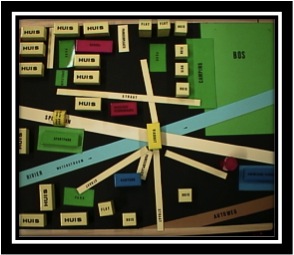 The typical underestimation of learners in formal school settings is the belief that reasoning and analysis only arrive after the conceptual stages have arrived (Sutton-Smith,1966). However the patterns in urban planning solutions by 10-12 year students show how versatile the student-generated solutions can be. Hastie and Dawes (2010) explain that it is not so much the process of reasoning but rather it is the lack of ingredients (knowledge) that forces learners to exploit meta strategies. The striving towards certainty is labeled “hedonistic”.
The typical underestimation of learners in formal school settings is the belief that reasoning and analysis only arrive after the conceptual stages have arrived (Sutton-Smith,1966). However the patterns in urban planning solutions by 10-12 year students show how versatile the student-generated solutions can be. Hastie and Dawes (2010) explain that it is not so much the process of reasoning but rather it is the lack of ingredients (knowledge) that forces learners to exploit meta strategies. The striving towards certainty is labeled “hedonistic”.
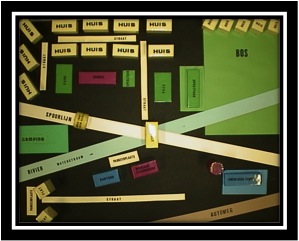 We have recently observed that youngsters can cope with complex social networks more easily when there are tools available. Social networking sites attempt to articulate human relationships and their structural aspects.
We have recently observed that youngsters can cope with complex social networks more easily when there are tools available. Social networking sites attempt to articulate human relationships and their structural aspects.
As indicated by the set of icons below, it is the awareness of systems that give you access to social networks, even when you don’t feel happy to reside in larger groups.

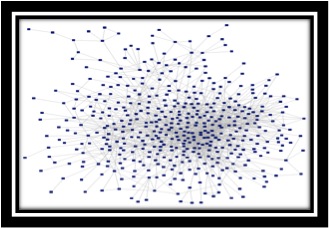 We expect social network sites to become helpful in mitigating the combinatory explosion that can be visualized when tracing interacting persons is represented as “linking pins”. The diagram below visualizes the np-complexity of a social network taking into account the 2nd and 3rd order relationships.
We expect social network sites to become helpful in mitigating the combinatory explosion that can be visualized when tracing interacting persons is represented as “linking pins”. The diagram below visualizes the np-complexity of a social network taking into account the 2nd and 3rd order relationships.
While expressing his early ideas on self-regulation and private speech, Vygotsky may have been fascinated by structural operations – operations that learners can control nowadays. And most importantly – the educational notion that learners are not like bonsai trees that should be pruned into “nice” shapes.
Soon we will see students orchestrating social networks via social media and accessing experts who would exceed the mastery of their teachers. This is the moment to stimulate teachers to undertake social networking, before students excel first.
Piet Kommers
References
Kommers, P.A.M., & (2004). Cognitive support for learning: Imagining the unknown. Amsterdam, The Netherlands: IOS Press
Hastie, R. & Dawes, R. M. (2010) Rational choice in an uncertain world: The psychology of judgment and decision making (2nd edition). Thousand Oaks, CA: Sage Publications.
Nijhof, W.J. & Kommers, P.A.M. (1985). Analysis of cooperation in relation to cognitive controversy. In R. Slavin (Ed.), Learning to cooperate, cooperation to learn (pp.125-147). London: Plenum Press.
Sutton-Smith, B.(1966). Piaget on play: A critique. Psychological Review, 73(1), 104-110.
Endotes
For the origins of the activity theory and its creators (Vygotsky, Luria and Leont’ev) , see http://en.wikipedia.org/wiki/Activity_theory
Suggested Citation:
Kommers, P. (2011). Teach – Tool – Learn: Social Media as a Tribute to Lev Vygotsky. The International HETL Review. Volume 1, Article 4, https://www.hetl.org/opinion-articles/teach-tool-learn/
Copyright © [2011] Piet Kommers
The author(s) assert their right to be named as the sole author(s) of this article and the right to be granted copyright privileges related to the article without infringing on any third party rights including copyright. The author(s) retain their intellectual property rights related to the article. The author(s) assign to HETL Portal and to educational non-profit institutions a non-exclusive license to use this article for personal use and in courses of instruction provided that the article is used in full and this copyright statement is reproduced. The author(s) also grant a non-exclusive license to HETL Portal to publish this article in full on the World Wide Web (prime sites and mirrors) and in electronic and/or printed form within the HETL Review. Any other usage is prohibited without the express permission of the author(s).
Disclaimer
Opinions expressed in this article are those of the author, and as such do not necessarily represent the position(s) of other professionals or any institutions.

